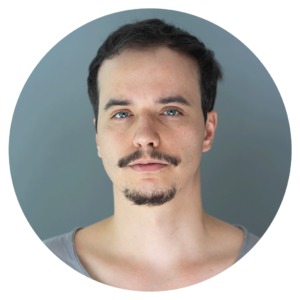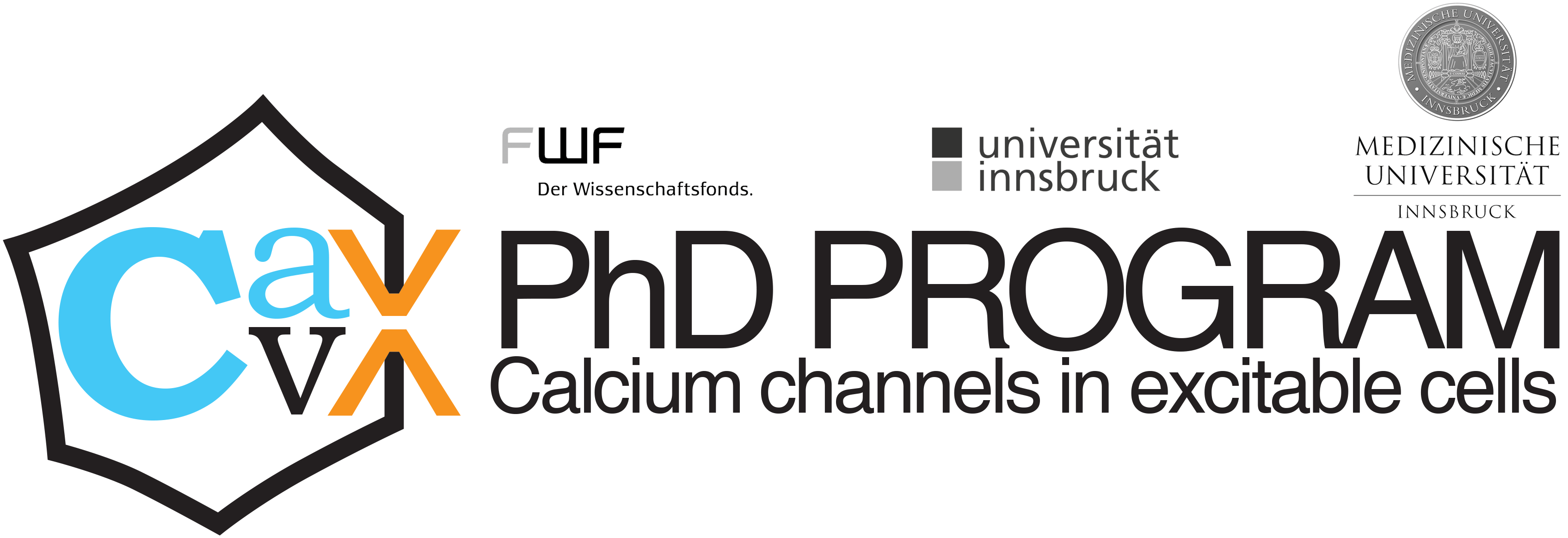// THOMAS HEIGL
Koschak Research Group
Institute of Pharmacy, Dept. of Pharmacology and Toxicology
University of Innsbruck
// INFORMATION
Nationality: Austria
Education: MSc in Molecular cell and developmental biology at the University of Innsbruck
E-Mail: thomas.heigl.ibk@outlook.com
ORCID
ResearchGate
Linkedin
Supervisor: a.o.Univ.-Prof. Dr. Alexandra Koschak
// BEYOND SCIENCE
In my spare time, I enjoy exercising, be it hiking up to a mountain peak and appreciating the view, running in the hills until exhaustion, or mountain biking while staying focused to not get unhorsed. I also love being active in a gymnastics club in which I train people and get together thereafter to socialize. Furthermore, I volunteer in gymnastics competitions as a judge and I am included in a committee for setting and changing regulations in the field of amateur sport in gymnastics.
Very important to me is to acquire knowledge in different fields. Therefore, I read articles about economy, or physics and attempt to find new hobbies to live a versatile life.
// PROJECT
Human vision starts with the detection of photons by retinal photoreceptors, which enable the conversion of light energy into electrical changes in the cellular membrane potential. At the axon terminal of the photoreceptor cells lies my protein of interest, the voltage-gated L-type calcium channel, Cav1.4, which responds to light induced membrane potential changes and thereby alters neurotransmitter release. As a key player of the signal transduction machinery Cav1.4 channels show peculiar functional properties such as a very slow inactivation, which is independent of calcium. This hallmark discriminates Cav1.4 channels from other L- type calcium channel subtypes and is requisite for continuing neurotransmitter release into the synaptic cleft.
Mutations in the CACNA1F gene, which encodes Cav1.4, result in pathological phenotypes like photophobia, nyctalopia and low visual acuity in humans, designated as congenital stationary night-blindness type 2 (CSNB2).
Current strategies to tackle hereditary retinal diseases include gene supplementation therapies, where the proper coding sequence of proteins is introduced into the target cell type and expressed to substitute the faulty protein. In CSNB2 most of the mutations have loss-of-function characteristics and, therefore, substitution of the mutated Cav1.4 channel by an operating one could be one possible solution to combat this disease. In my thesis, I am establishing a system for transportation and expression of Cav1.4 in retinal cells by employing molecular tools and vectors.
Methods: Molecular cloning, Recombinant protein expression in E.coli and HEK-293T cells, Western blot analysis, Immunocyto- and Immunohistochemistry, Cell and Retinal explant culture, Viral vectors
// PUBLICATIONS
// INTERNAL COLLABORATIONS
// EXTERNAL COLLABORATIONS
- Prof. Dr. Stylianos Michalakis, Graduate School Life Science Munich
- Assoc.Prof.PD.Dr. Michael J. Ausserlechner, Medical University of Innsbruck
- Tollinger NMR Group, University of Innsbruck
